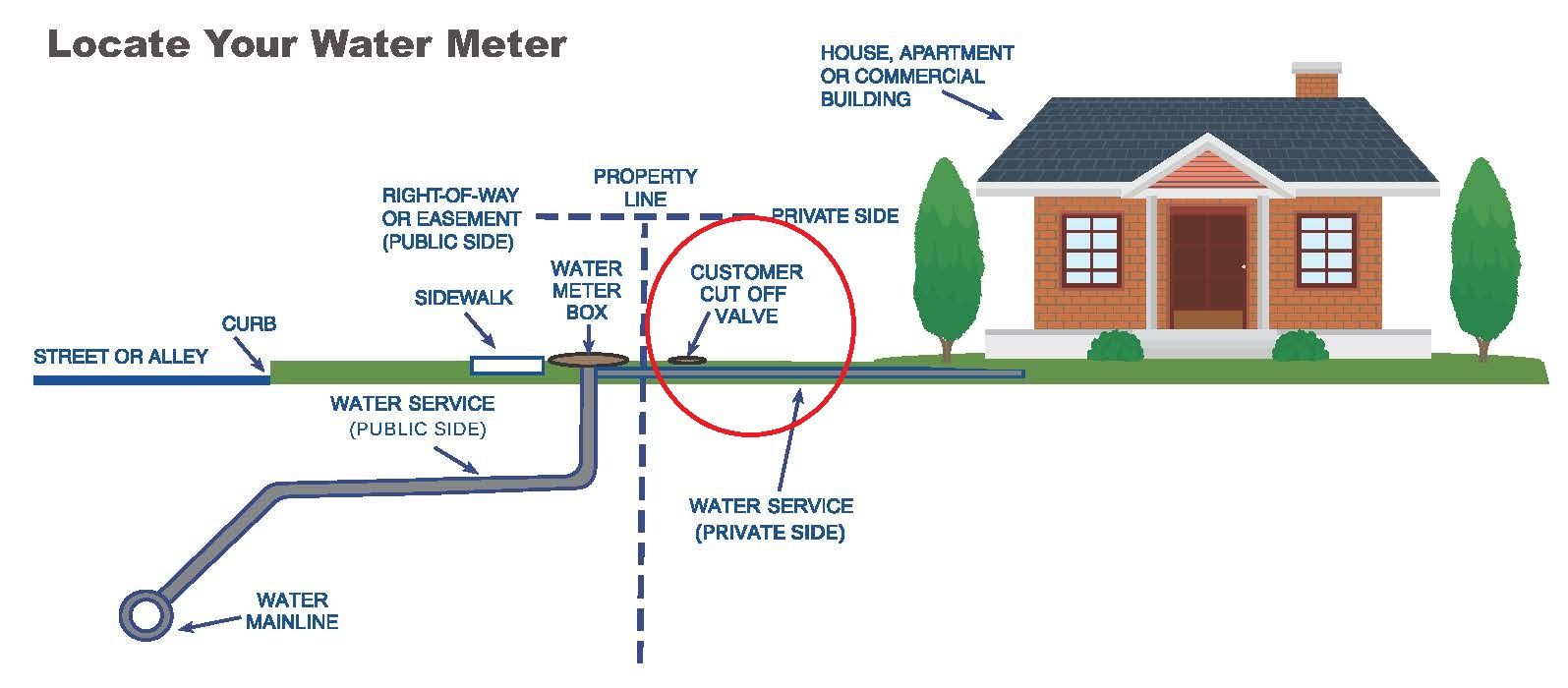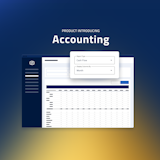Winter Rental Maintenance Checklist
Bundle up and hunker down this winter. This recent cold snap could last a while with very low and potentially below freezing temperatures. With abnormally low temperatures in the forecast, it is especially important that you ensure your rental property is prepared to weather the storm; negative effects like burst pipes can come at substantial cost. Before you go into hibernation, make sure your rentals are weather-ready.
1. Cover your faucets
First, you should remove hoses from outdoor faucets and apply a faucet cover.
2. Be Ready for the Cold
If your heating system hasn’t been checked yet be sure to follow these steps to ready your heater:
- Keep the heat on! Tools like smart thermostats can be a great way to monitor in-home climate remotely.
- Confirm vents are open and not blocked by furniture or clutter. Move obstacles that may be in the way of airflow from the vent.
- Service the furnace every couple of years.
- Check the fireplace(s) and service, if needed.
- Clean the chimney.
Pro tip: it is smart to keep a steady temperature inside around 70 degrees and to make sure all windows and doors are closed including in the garage to keep heat in
3. Roof and Gutter Maintenance
Proper insulation can protect the roof from the costly damages of ice dams. Ice dams form in freezing weather when the interior heats the roof and melts snow but then the water freezes back in the eaves. Melted water can then leak through the shingles and into the building causing water damage. Make sure that your roof is in good condition as cave-ins are possible in harsh weather.
To avoid overflow and thawing damage in the gutters, make sure your roof's drainage systems are clean and clear. You can view details about the roof and gutter cleaning in our fall maintenance checklist here.
4. Don’t Lose the Heat
Seal up those air leaks with new weatherstripping wherever necessary, and keep the cold out and heat in.
- Open and close windows and doors, checking for gaps between the seal
- For windows with leaks, add weatherstripping. Here are some how-to videos on replacing various types of weatherstripping:
a. How to replace wool pile weatherstripping
b. How to install Peel-and-Stick Weather Stripping
c. How to install Spring Bronze Weather Stripping
5. Check the Sump Pump
If you have a sump pump, test it by pouring a few gallons of water into the pit. It should turn on and water should pump out away from your property’s foundation.
6. Protect the Pipes
Insulate pipes exposed to freezing temperatures, such as pipes in the exterior, basement, or near windows and doors. Here is a video on How to Insulate Pipes. If a rental is vacant or the tenant is out of town, set the thermostat to at least 55 degrees to prevent pipe freezing.If you or a tenant is there, keep a weak, but steady flow of water from all faucets to relieve built up pressure within your pipes to prevent bursts.
Keep in mind that it will not be apparent when a pipe has frozen and burst until it thaws, so periodically check to make sure your faucets and appliances have running water.
New piping materials are quite resistant to bursts and leaks, but if you suspect something is wrong a space heater and blow dryer can be easy solutions in some cases. Always have a water meter key handy to turn off the water if a burst pipe gets out of control. In situations with no power, turning off the water may be the best preventative measure.

7. Time for a New Coat?
Every few years you should put a new coat of wood oil on any unpainted cabinets to prevent damage and extend the cabinets life.
8. Don’t Get Stuck in the Cold!
If you live in areas that freeze be sure to be prepared and have these items on hand:
- Shovels
- Sidewalk salt
- Ice Scraper
Rental Emergencies
Check out this guide for what is considered an emergency and what is not when tenants make repair requests.




